When Did Digital Cameras Become Popular
The digital camera has completely transformed the fashion that the globe works. So much of the modern twenty-four hour period technology industry owes its existence to digital imaging.
Facebook, yous could argue, most probable wouldn't exist if it weren't for the power to easily upload and share images using a digital camera.
Given that today (Baronial 19) is World Photography Day, we figured a commemoration of the digital camera is in order. Read on to find out its history:
1975: The offset digital camera
Created in 1975 by Steve Sasson, an engineer at Kodak, the commencement ever digital camera was a fairly rudimentary affair compared to what nosotros use today.
Firstly, it was pretty much put together using parts of kit and leftovers scattered effectually the Kodak factory - except, of course, for that clever imaging sensor.
2d, it took 0.01-megapixel images shot only in black and white that were saved to a cassette record. Oh, and information technology took 23 seconds to capture a unmarried image.
Still, for 1975 this was infinite historic period stuff, and Steve Sasson sparked an imaging revolution that would transform the world of photography into what it is today.
1991: Nikon F3 - the digital camera you could buy
This is the biggest step forrard in terms of digital imaging, as it was the first proper consumer form digital camera that could be bought easily.
Running a sensor with just 1.three-megapixels to play with, the F3 'equipped with Kodak' was built pretty much completely for photojournalists.
Released in 1991, it was a bit too far alee of its time.
1995: Apple enters the game
We don't really associate Apple tree with the stand-alone digital photographic camera, but its 'QuickTake 100' was amid the outset affordable digital cameras bachelor.
Going on sale in 1995, the QuickTake worked with a domicile estimator using a serial cablevision.
1995 really was the year of the consumer digital camera. Casio and Kodak both got involved, with Sony following but a year later.
For a long time Kodak would rule the roost when information technology came to digital photography, with shrewd partnerships alongside Microsoft and IBM ensuring that it stayed at the peak of the game.
1997: The outset cameraphone photo is shared
In 1997, inventor Philippe Kahn shared the kickoff ever prototype taken by a cameraphone.
An experimental image, Kahn sent an paradigm of his newborn child via cellular radio to more than than 2000 friends and family unit members.
This was the spark that started it all - soon afterwards, Nokia, Precipitous and Sony Ericsson would all launch camera phones.
2004: Flickr arrives on the scene
In the decade since its launch, Flickr has become the number one image sharing and photography customs website in the earth.
Nowadays it's ruled past the likes of the iPhone, with smartphones dominating the top five almost uploaded devices on the website.
When information technology started, nonetheless, Flickr was very much a customs for the digital photographic camera enthusiast.
Its mix of messageboards and high resolution prototype storage meant that those who took photography seriously now had a place to discuss it online.
2004: Denizen journalists and smartphones transform the media
The 2004 Indian Ocean convulsion was a real turning point for the fashion that newspapers and journalists covered events.
Most of the footage captured of the disaster wasn't recorded by professional person news crews, but instead fabricated by everyday people using photographic camera phones.
From that moment on, virtually every major event in the globe would be recorded digitally by someone using a smartphone.
2004: Facebook launches
Driven past the rise of the digital camera and smartphone, Facebook'southward growth would mirror the rate at which consumers' paradigm-sharing abilities changed.
Initially, the website actually maintained a rather small following, but equally the iPhone became a mainstream consumer gadget and home broadband more readily available, its userbase grew to the vast calibration it is today.
2012: Kodak's photographic camera business comes to an cease
It seems strange that things would come full circle, but the inventor of the digital camera would besides finish up going bust because of it.
By 2008, Nokia was selling more camera phones than Kodak managed digital cameras and come 2012, Kodak's digital camera and pocket camera business would close as part of a wider plan for the visitor to emerge from bankruptcy - which it did in September 2013.
2014: Digital dominates
As of today, experts predict that as many as 380 billion photographs are taken each year.
That number has been steadily rising as the world gradually saturates with digital cameras.
Facebook, Flickr and Instagram'southward combined image library now outweighs that of the Library of Congress, or virtually any other image shop in the world.
Journalists are using the powers of citizen journalism coupled with social media to create incredible depth of coverage.
The rise of the digital camera has fabricated sure that only about every important moment in a person's life, no matter how small, will now be kept stored forever - provided, of course you don't delete information technology by accident.
This content is created and maintained by a third political party, and imported onto this folio to assistance users provide their e-mail addresses. You may be able to find more information about this and similar content at piano.io
Source: https://www.digitalspy.com/tech/cameras/a591251/world-photography-day-2014-the-history-of-digital-cameras/
Posted by: koppbuourproy43.blogspot.com

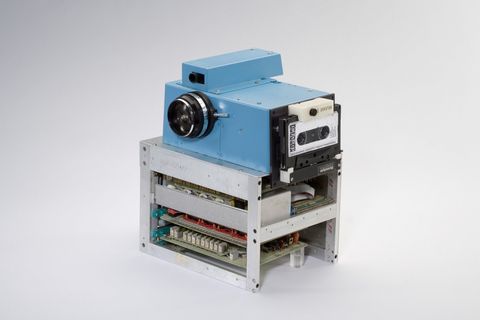
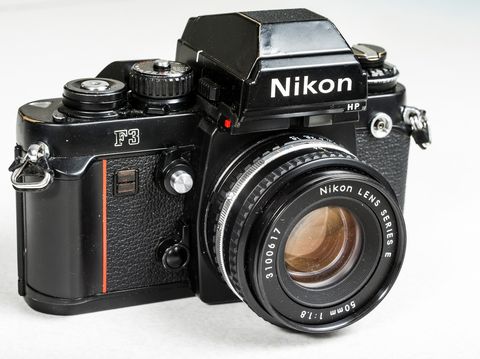
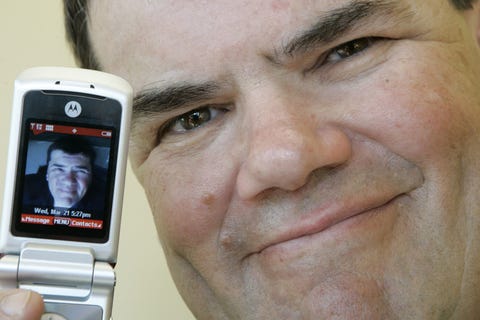

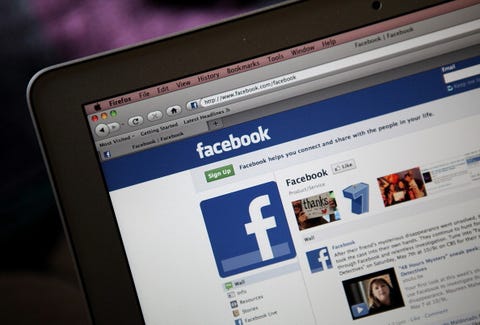
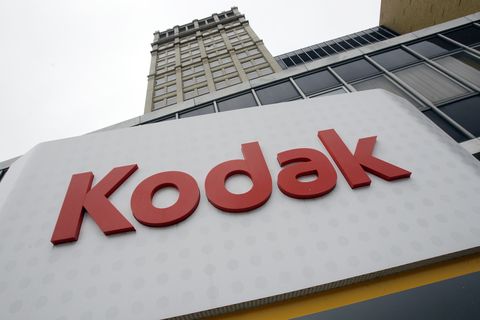
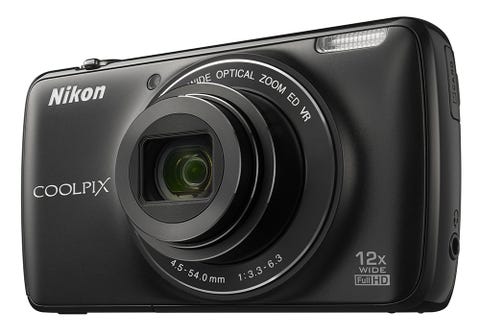

0 Response to "When Did Digital Cameras Become Popular"
Post a Comment